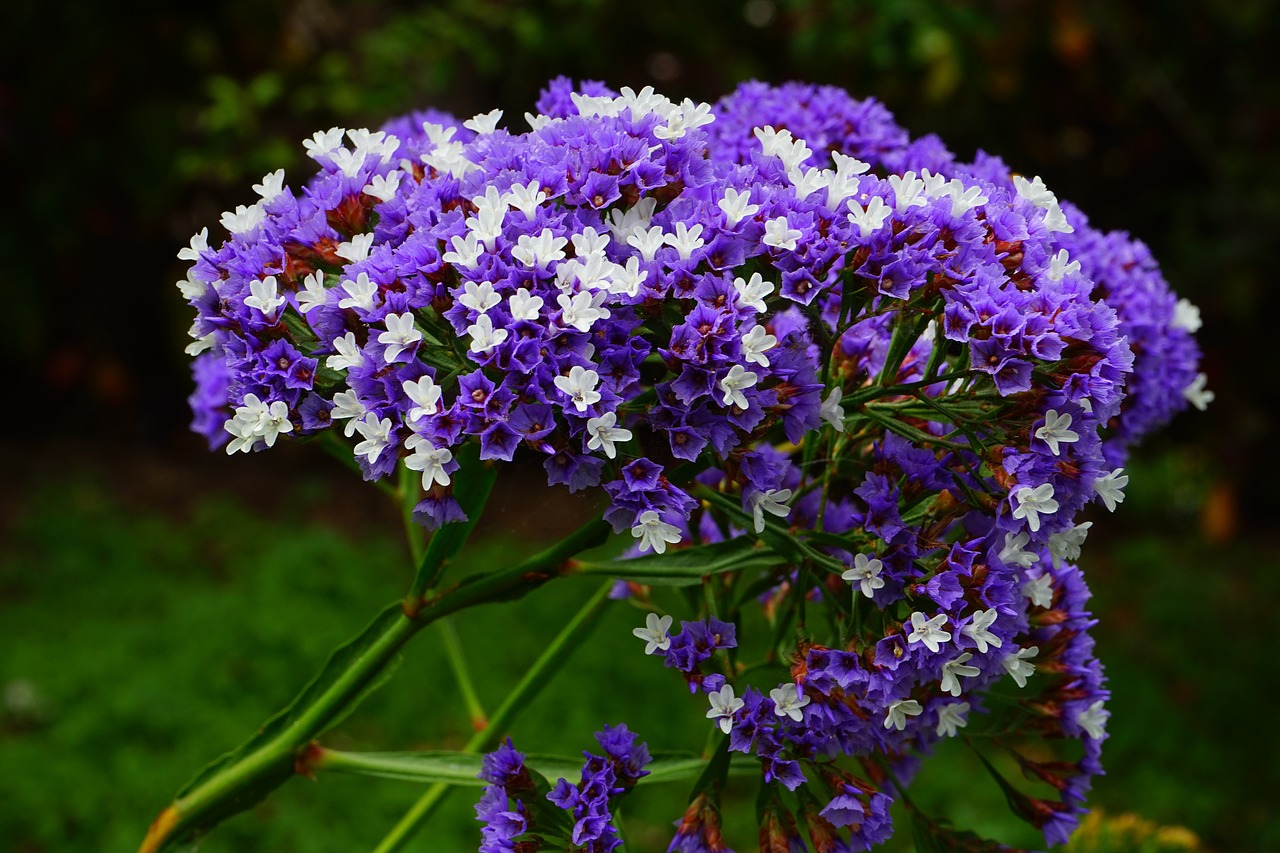
Limonium and Planting: A Comprehensive Guide
Introduction
Welcome to a comprehensive guide on Limonium and planting! In this article, we will delve into the fascinating world of Limonium, commonly known as sea lavender or statice, and explore the art of planting and caring for these beautiful flowering plants. Limonium is renowned for its vibrant and long-lasting blooms, making it a popular choice among garden enthusiasts.
What is Limonium?
Limonium is a genus of around 120 flowering plant species that belong to the family Plumbaginaceae. These plants are native to coastal regions and are known for their ability to thrive in salt-rich environments, making them a unique addition to any garden. Let’s dive into the details of Limonium cultivation.
Choosing the Right Limonium Varieties
When it comes to selecting the ideal Limonium variety for your garden, you have several options to consider. Each variety has its unique characteristics and can bring its own charm to your outdoor space. Let’s explore some popular choices:
- Limonium sinuatum: This variety, also known as wavyleaf sea lavender, is celebrated for its vivid and diverse colors. It is especially cherished by florists for its use in cut flower arrangements. You can find Limonium sinuatum in shades ranging from deep purples to bright pinks and whites, adding a burst of color to your garden.
- Limonium latifolium: With its broad, glossy leaves and striking clusters of tiny, delicate flowers, Limonium latifolium is a favorite among gardeners. It’s perfect for borders or as a focal point in your garden, creating an eye-catching display.
- Limonium perezii: If you live in a coastal area or have a garden with saline soil, Limonium perezii is an excellent choice. It’s highly salt-tolerant and can thrive in challenging conditions. This variety produces tall, graceful spikes of lavender-blue flowers that complement a coastal landscape beautifully.
Planting Limonium: Step by Step
Now that you’ve chosen the Limonium variety that suits your garden, let’s walk through the steps of planting these lovely flowers:
Preparing the Soil:
Before planting Limonium, it’s essential to prepare the soil properly. Limonium plants thrive in well-draining soil, so make sure your garden bed has good drainage. You can improve the soil’s quality by adding organic matter, such as compost, to enhance fertility and drainage.
Planting Depth:
Dig planting holes that are as deep as the root ball of your Limonium plants. This allows the roots to establish themselves in the soil without being cramped. Be sure to space multiple Limonium plants about 12-18 inches apart to provide them with enough room to grow and develop.
Watering:
Watering is critical, especially during the initial phase of planting. After placing the Limonium plants in their respective holes, water them thoroughly to settle the soil around the roots. Once established, Limonium plants do not require excessive watering. Allow the top inch of soil to dry out between watering sessions.
Caring for Your Limonium Garden
Pruning:
To keep your Limonium garden looking its best, regular pruning is essential. Prune away any spent flower spikes to encourage new blooms and maintain a neat, bushy shape. This not only prolongs the flowering season but also enhances the overall appearance of your Limonium plants.
Pest and Disease Control:
Limonium plants are generally hardy and pest-resistant. However, like any garden plants, they may occasionally encounter issues like aphids or spider mites. Keep a watchful eye on your plants and address any infestations promptly with environmentally friendly solutions like insecticidal soap or neem oil.
Winter Care:
In regions with cold winters, consider providing protection for your Limonium plants. Applying a layer of mulch around the base of the plants can help insulate them from freezing temperatures. Alternatively, you can bring potted Limonium plants indoors during the winter months to ensure their survival.
In Conclusion
Limonium, with its vibrant colors and remarkable adaptability, is an excellent choice for both novice and experienced gardeners. By selecting the right variety, providing proper care, and addressing any potential issues, you can enjoy a garden filled with these delightful blooms year after year.
For more detailed tips on Limonium cultivation, be sure to explore our website, where you’ll find additional resources and insights to help you become a successful Limonium gardener.
FAQs About Limonium Planting
- How often should I water my Limonium plants?
- Water your Limonium plants when the top inch of soil feels dry. This typically translates to watering every 1-2 weeks, depending on the climate and soil conditions.
- Can Limonium plants tolerate salty soil?
- Yes, Limonium plants are known for their salt tolerance, making them suitable for coastal gardens or areas with saline soil.
- Do Limonium plants attract pollinators?
- Yes, Limonium flowers attract bees and butterflies, making them a valuable addition to pollinator-friendly gardens.
- What is the best time to prune Limonium plants?
- The best time to prune Limonium plants is in early spring before new growth begins. Trim back any dead or overgrown branches to encourage healthy growth.
- Can I grow Limonium indoors as a houseplant?
- While Limonium is primarily an outdoor plant, you can grow it in containers and bring it indoors during the winter months if you live in a cold climate.